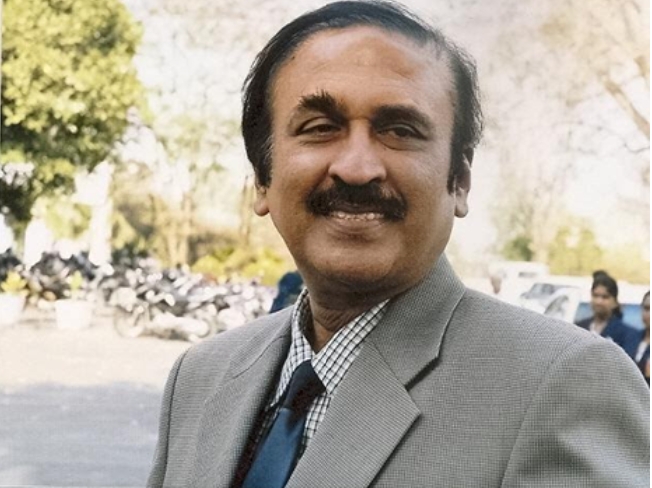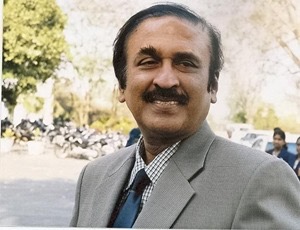Guest column: Dr N Prabhudev
Let us not bother about fiction. Let us know the facts.
Guest Column: Dr. Prabhudev
Only about one-third of women know that heart disease is the leading cause of death for women.
Two-thirds of them think that cancer was their chief health risk. Cardiovascular disease kills nearly
half a million women each year – 240,000 women dying of heart attacks. This is twice the number of
all female cancer deaths combined. CVD kills more women -51.9% than men -48.1%. For years, heart
disease was studied, stereotyped, and considered a man’s disease.
Family history of heart disease is a stronger predictor of heart disease for women than it is for men.
Women with diabetes are roughly five times more likely to develop heart disease than women
without diabetics, while men are only two to three times more likely if they have diabetes. Women
are also more likely to die after their first heart attack than men.
The male model of heart disease gives the classic example of angina, or chest pain, around the
breastbone with the pain radiating to the throat or either arm as a signal of a heart attack. The early
signs of heart disease are exhibited very differently in women. women experience undiagnosed
warning signs up to two years before having a heart attack, with the five most-frequent symptoms
being fatigue, sleep disturbance, shortness of breath, indigestion, and anxiety. Women tend to
report a bewildering array of symptoms, which also include severe pain in the stomach, back, neck,
teeth, and ears; swelling in the legs; burning in the chest; nausea/vomiting; and depression.
Forty-five percent of women present their doctors with -no recognizable symptom or no symptom at
all of cardiovascular disease. Since doctors expect chest pain and numbness in the arms, women are
unaware that their symptoms may be different. Only 9% of women knew that nausea was a
symptom and 5% knew that fatigue was a symptom of a heart attack. Women tend to wait two or
more hours before seeking treatment. The treadmill stress test is only about 42% accurate in women
versus 90% accurate in men.
For decades, women and heart disease has largely been ignored by the medical profession, their
symptoms minimized, under-evaluated and under-treated. Many women with chest pain, trouble
breathing or palpitations, have been told they are anxious, hysterical, or having a panic attack. They
are often told that symptoms are in their head.
Women of childbearing age should be aware of their cholesterol, blood sugar, and blood pressure.
Preeclampsia has now been identified as a risk factor for heart disease later in life and should be a
warning flag for women to be screened later in life. A strong family history of heart disease (father
with heart attack under 55 mother under 65, should prompt earlier screening and more vigilant
management of other risk factors.
It is clear that pre-menopausal women have less cardiovascular disease than men. As women head
into menopause and estrogenic levels drop, a woman’s risk of heart disease increases and equals
that of men. Whether hormone replacement is harmful or protective – more research is needed.
There is emerging evidence that hormone-replacement therapy may benefit women in a certain age
window – 50 to 59 while it may be harmful to older women – 70 to79.






More Stories
Life is imperfect, incomplete, and impermanent
Nuances of life! Do not invite illness to realize the value of health
Mind is a familiar stranger! Mind cares and heart heals!